Candytuft Companion Plants That Will Make Your Garden Pop
Candytuft Companion Plants That Will Make Your Garden POP
Candytuft is a beautiful flowering plant that is known for its delicate, star-shaped blooms. It is a popular choice for spring gardens, and can be used to add a splash of color to borders, rock gardens, and containers.
Candytuft is a relatively low-maintenance plant, but it does best in full sun and well-drained soil. It is also drought-tolerant, making it a good choice for hot, dry climates.
One of the best things about candytuft is its versatility. It can be used as a standalone plant, or it can be combined with other plants to create a more visually interesting garden.
In this blog post, we will discuss some of the best companion plants for candytuft. These plants will help to enhance the beauty of your candytuft, and they will also help to attract pollinators to your garden.
Best Companion Plants for Candytuft
Aubrieta is a low-growing plant that is closely related to candytuft. It has similar flower colors, and it blooms at the same time as candytuft. Aubrieta is a good choice for rock gardens, and it can also be used to create a groundcover.
Dianthus is a genus of flowering plants that includes carnations, pinks, and sweet william. These plants come in a variety of colors, and they bloom in the spring and summer. Dianthus is a good choice for borders, rock gardens, and containers.
Phlox is a popular flowering plant that is known for its colorful blooms. It blooms in the spring and summer, and it is a good choice for borders, rock gardens, and containers. Phlox is a good companion plant for candytuft because it has similar flower colors and bloom times.
Primula is a genus of flowering plants that includes primroses, polyanthus, and auricula. These plants come in a variety of colors, and they bloom in the spring. Primula is a good choice for borders, rock gardens, and containers.
Viola is a genus of flowering plants that includes pansies, violets, and Johnny-jump-ups. These plants come in a variety of colors, and they bloom in the spring and fall. Viola is a good choice for borders, rock gardens, and containers.
Other Good Companion Plants for Candytuft
In addition to the plants listed above, there are a number of other good companion plants for candytuft. These plants include:
- Alyssum
- Campanula
- Coreopsis
- Echinacea
- Geranium
- Iris
- Lavender
- Marigold
- Scabiosa
Planting Candytuft with Companion Plants
When planting candytuft with companion plants, it is important to consider the size and growth habit of the plants. For example, you would not want to plant a tall plant next to a low-growing plant, as the tall plant would block the sunlight from the low-growing plant.
It is also important to consider the bloom times of the plants. You want to plant plants that bloom at the same time, or plants that bloom at different times so that your garden will have continuous blooms.
Conclusion
Candytuft is a beautiful and versatile plant that can be used to add color and interest to your garden. By planting candytuft with companion plants, you can create a more visually appealing and pollinator-friendly garden.
Candytuft is a beautiful flowering plant that can add a touch of elegance to any garden. But did you know that there are certain plants that can make candytuft even more stunning?
Companion planting is the practice of planting certain plants together to benefit each other. By choosing the right companion plants, you can help your candytuft plants grow healthier, bloom more profusely, and deter pests.
Some of the best companion plants for candytuft include:
- Marigolds: Marigolds are known for their insect-repelling properties, which can help to keep pests away from your candytuft plants.
- Lavender: Lavender is another insect-repelling plant that can also help to improve the drainage of the soil around your candytuft plants.
- Salvia: Salvia is a nectar-rich plant that can attract beneficial insects to your garden, which can help to pollinate your candytuft plants.
- Coneflowers: Coneflowers are tall, daisy-like flowers that can help to add structure and height to your garden. They also attract beneficial insects and deter pests.
If you're looking for more information about candytuft companion plants, I recommend visiting Gardenia Inspiration. This website has a comprehensive list of companion plants for candytuft, as well as tips on how to choose the right plants for your garden.
FAQ of candytuft companion plants
Question 1: What are some good companion plants for candytuft?
Answer: Candytuft is a versatile plant that can be paired with a variety of other plants. Some good companion plants for candytuft include:
- Basket-of-gold: This plant has yellow flowers that bloom in the spring and summer. It is a good companion for candytuft because it attracts pollinators and helps to deter pests.
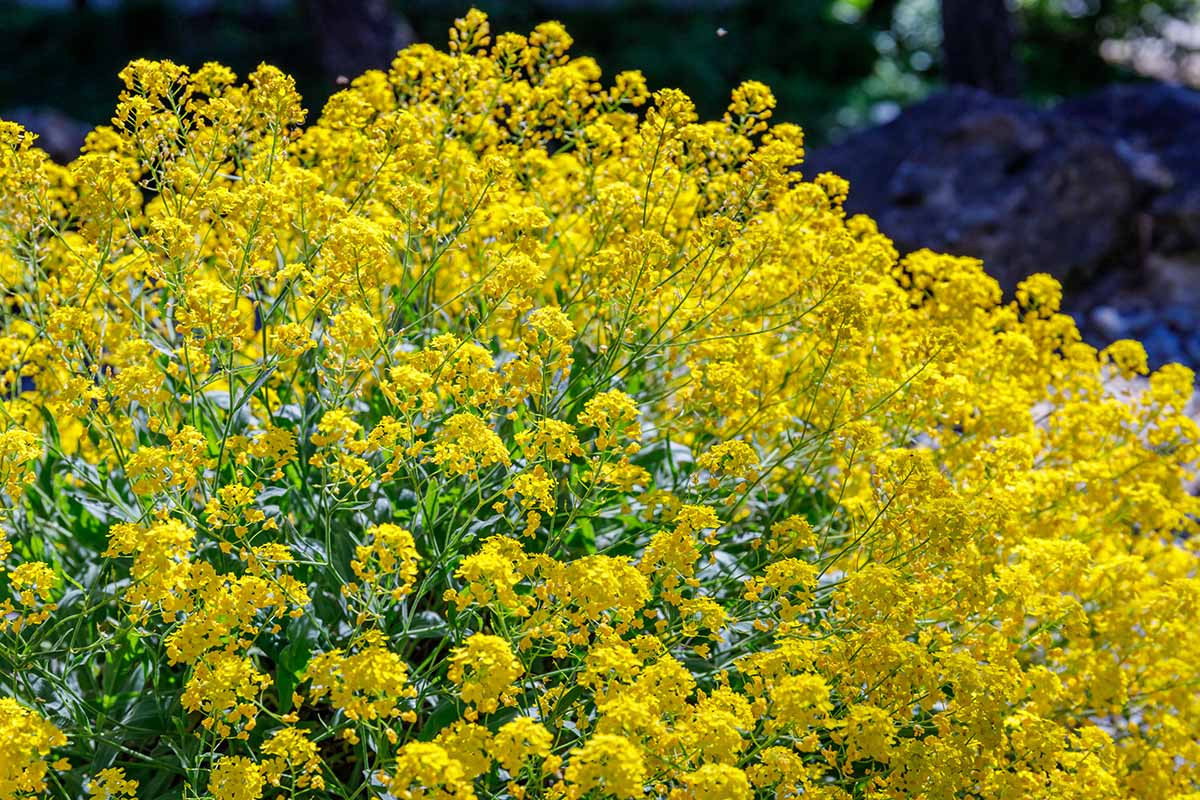
- Gloxinia: This plant has bell-shaped flowers that bloom in the spring and summer. It is a good companion for candytuft because it has similar growing requirements and helps to fill in empty spaces in the garden.

- Lavender: This plant has purple flowers that bloom in the summer. It is a good companion for candytuft because it helps to deter pests and attract pollinators.
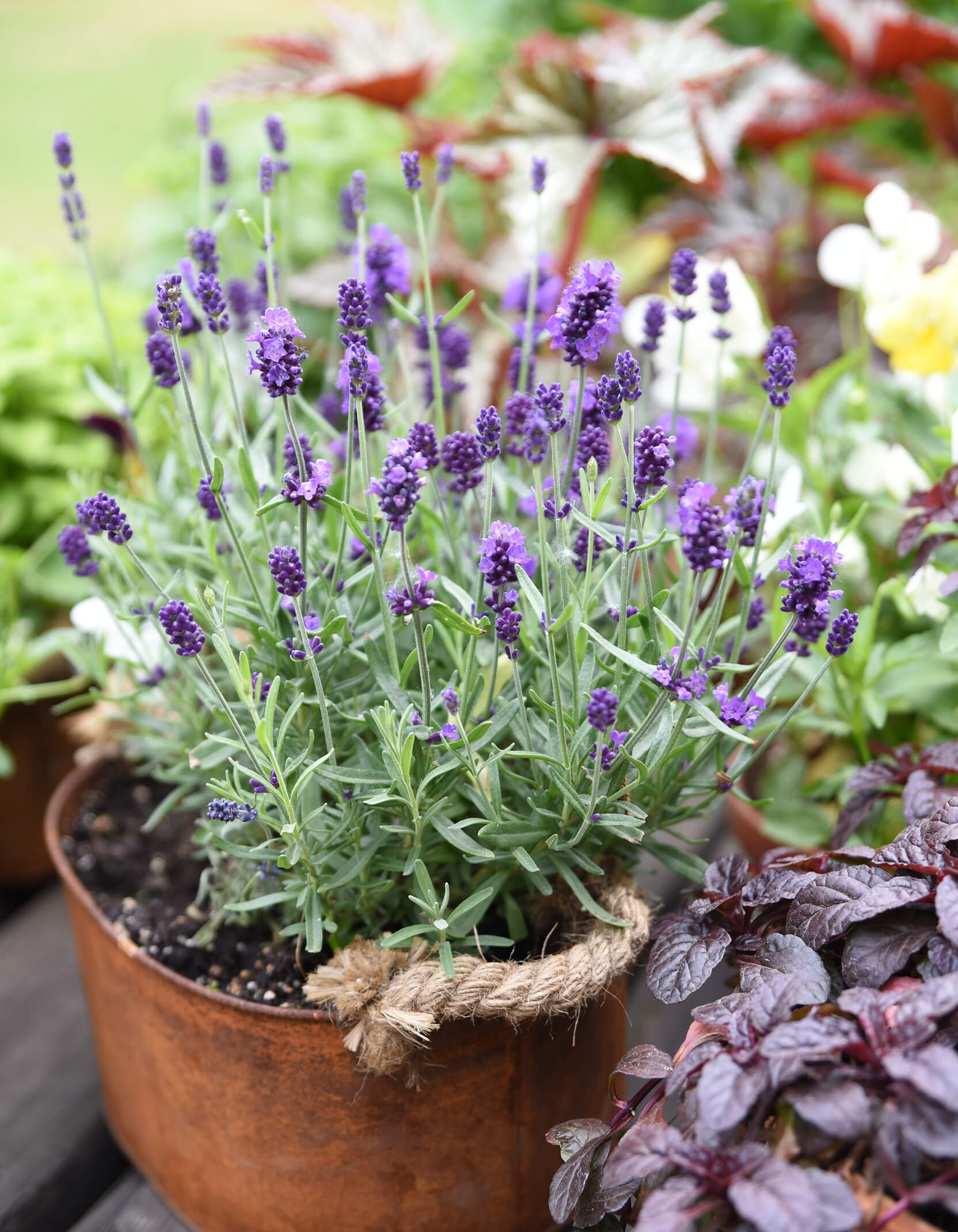
- Sweet alyssum: This plant has white or pink flowers that bloom in the spring and summer. It is a good companion for candytuft because it helps to suppress weeds and attract pollinators.
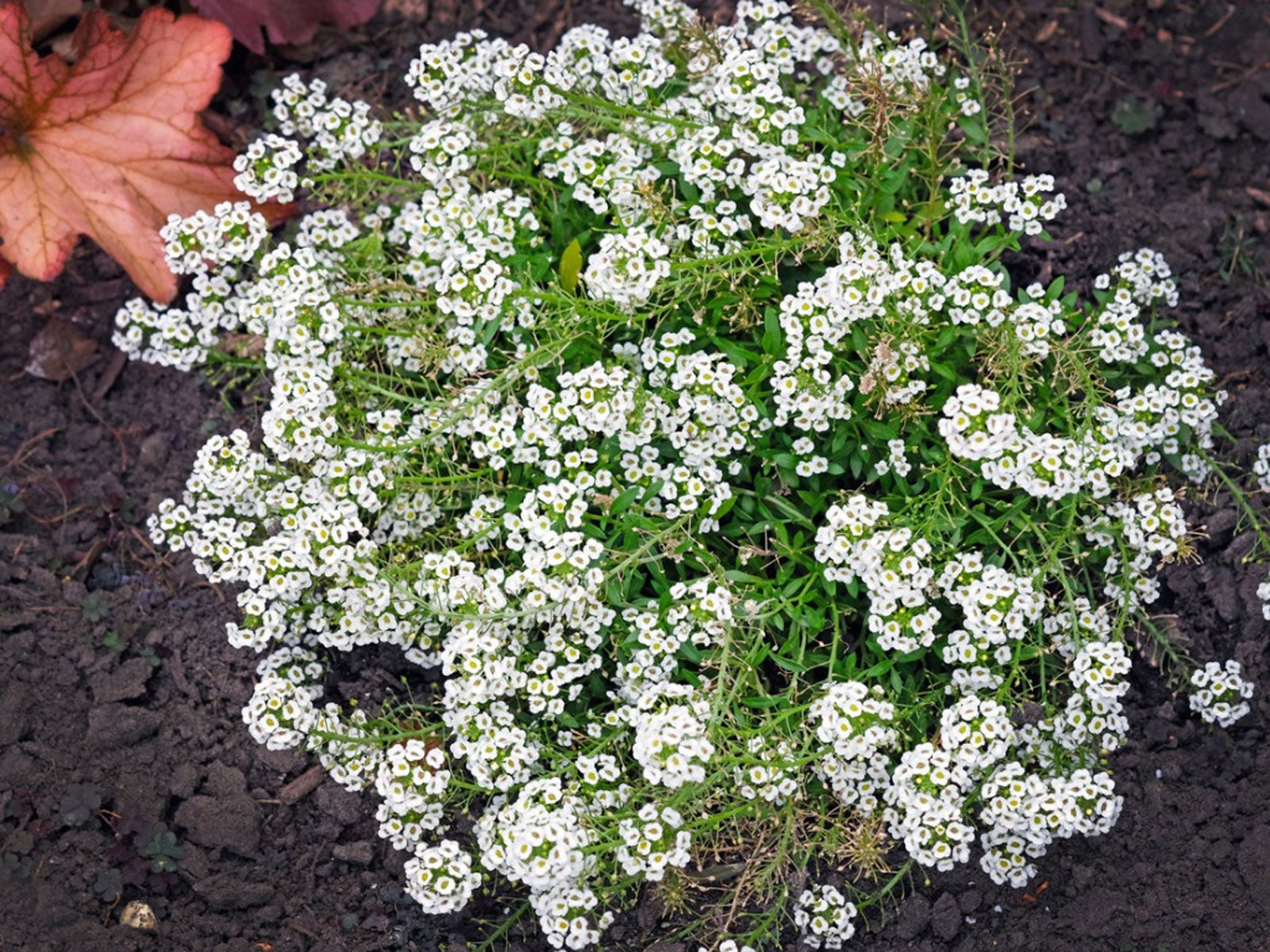
- Zinnias: This plant has brightly colored flowers that bloom in the summer. It is a good companion for candytuft because it helps to attract pollinators and helps to fill in empty spaces in the garden.
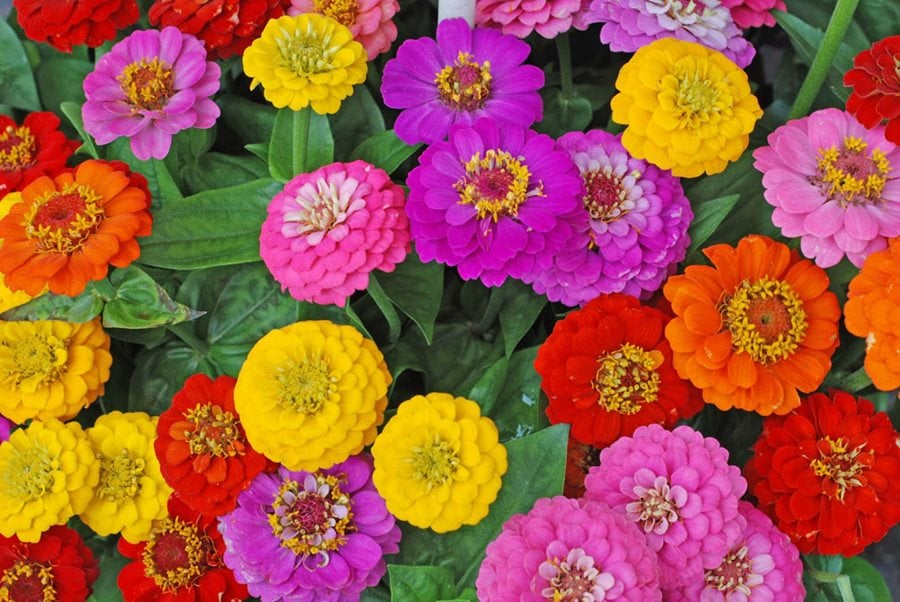
Question 2: What are the benefits of companion planting with candytuft?
Answer: There are several benefits to companion planting with candytuft. These benefits include:
- Attracting pollinators: Candytuft flowers are attractive to pollinators, such as bees and butterflies. These pollinators help to pollinate other plants in the garden, which can lead to a better harvest.
- Suppressing weeds: Some companion plants, such as sweet alyssum, can help to suppress weeds. This can help to reduce the amount of weeding that is required.
- Improving soil quality: Some companion plants, such as lavender, can help to improve soil quality. This can benefit all of the plants in the garden.
- Disease and pest control: Some companion plants, such as marigolds, can help to deter pests and diseases. This can help to keep your plants healthy.
Question 3: What are some mistakes to avoid when companion planting with candytuft?
Answer: There are a few mistakes to avoid when companion planting with candytuft. These mistakes include:
- Planting candytuft with tall plants: Candytuft is a low-growing plant, so it is best to plant it with other low-growing plants. Planting candytuft with tall plants can block the sunlight and prevent the candytuft from blooming.
- Planting candytuft with plants that have similar water needs: Candytuft is a drought-tolerant plant, so it is best to plant it with other drought-tolerant plants. Planting candytuft with plants that need more water can lead to root rot.
- Planting candytuft with plants that have different soil pH requirements: Candytuft prefers a slightly alkaline soil. Planting candytuft with plants that have different soil pH requirements can lead to nutrient deficiencies.
Question 4: What is the best time of year to plant candytuft companion plants?
Answer: The best time of year to plant candytuft companion plants is in the spring or fall. This is when the soil is warm and moist, and the weather is not too hot or too cold.
Question 5: How far apart should candytuft companion plants be planted?
Answer: The distance between candytuft companion plants will depend on the size of the plants. For example, small plants should be planted about 6 inches apart, while larger plants should be planted about 12 inches apart.
Image of candytuft companion plants
Here are 5 different images of "candytuft companion plants" from Pinterest:
- Candytuft and lavender: These two plants have similar growing requirements, so they make good companions. Lavender helps to deter pests, and its blue flowers complement the white and pink flowers of candytuft.
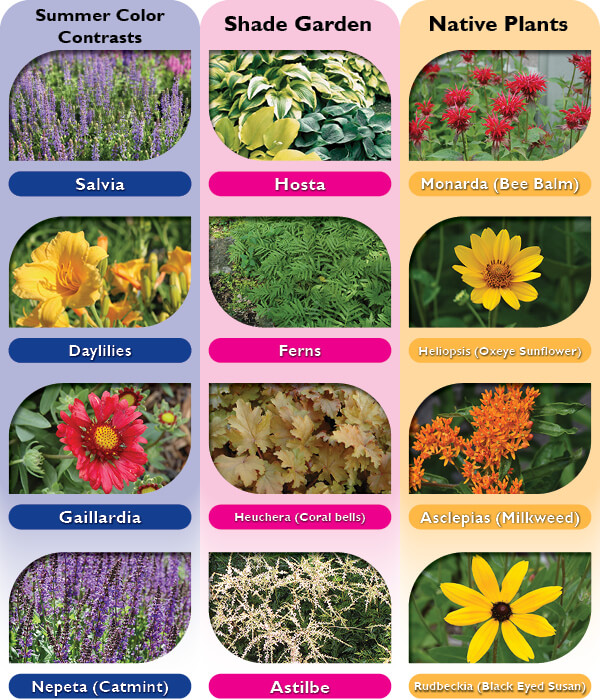
- Candytuft and pansies: Pansies and candytuft bloom at the same time, so they can be planted together to create a long-lasting display of color. Pansies also help to attract pollinators, which can help to improve the health of your garden.
- Candytuft and creeping thyme: Creeping thyme is a low-growing groundcover that can help to suppress weeds and provide a bit of texture to your garden. It also has fragrant leaves that can be used to make potpourri.
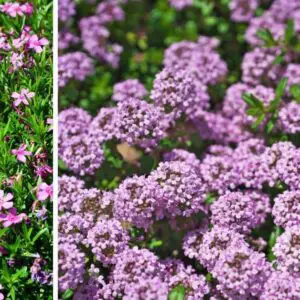
- Candytuft and ornamental grasses: Ornamental grasses add height and movement to your garden, and they can also help to provide winter interest. Candytuft can be planted in front of ornamental grasses to help to fill in the space and create a more layered look.
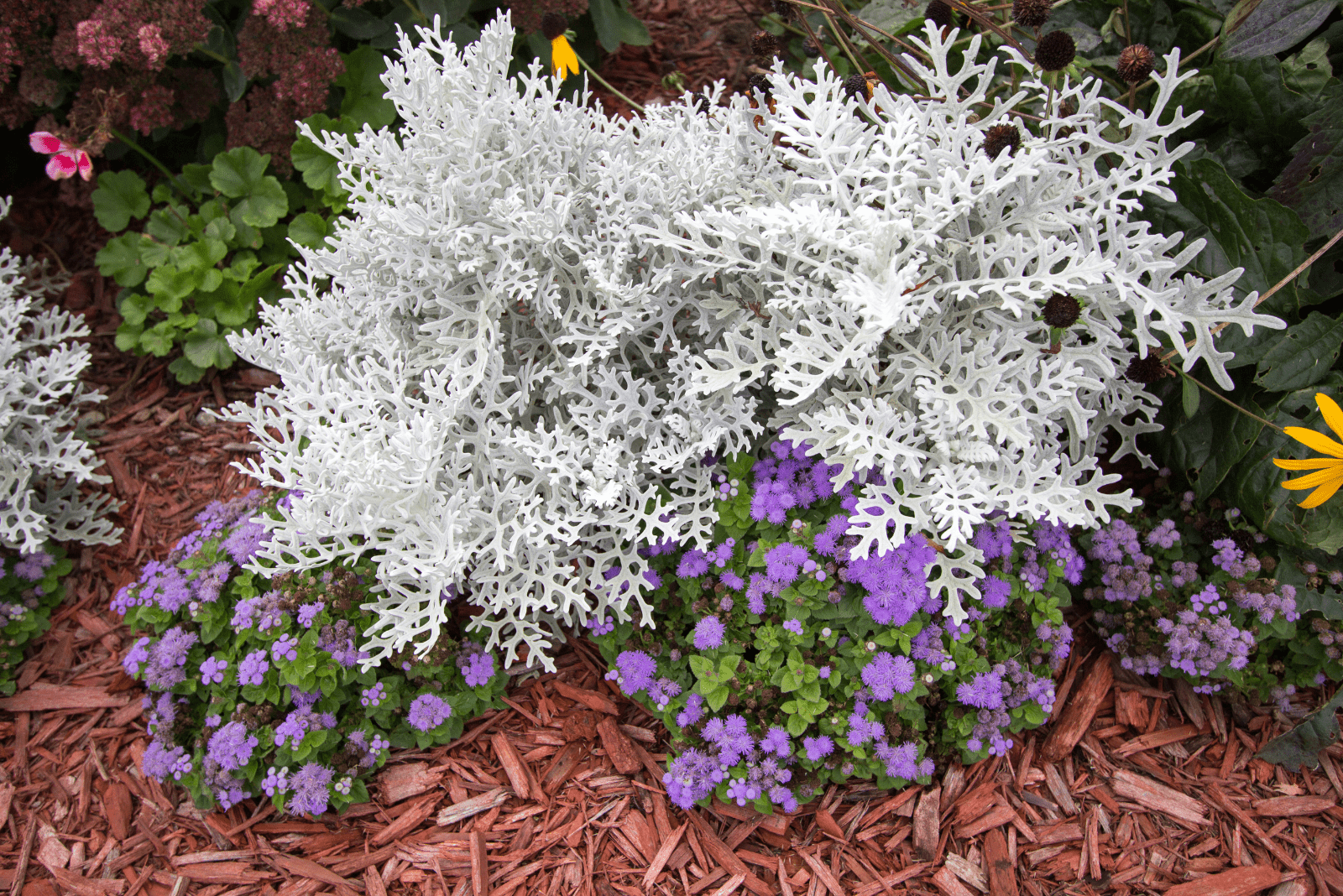
- Candytuft and succulents: Succulents are drought-tolerant plants that can help to add a touch of interest to your garden. They can also be planted in containers, which makes them a good option for small spaces.

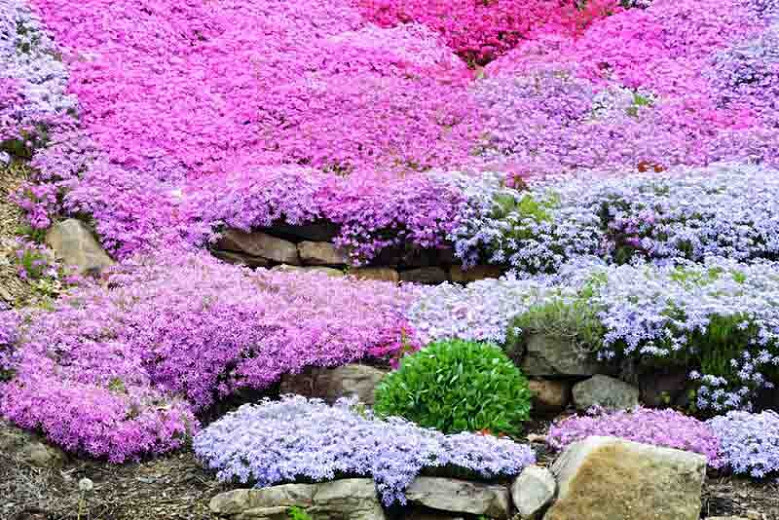
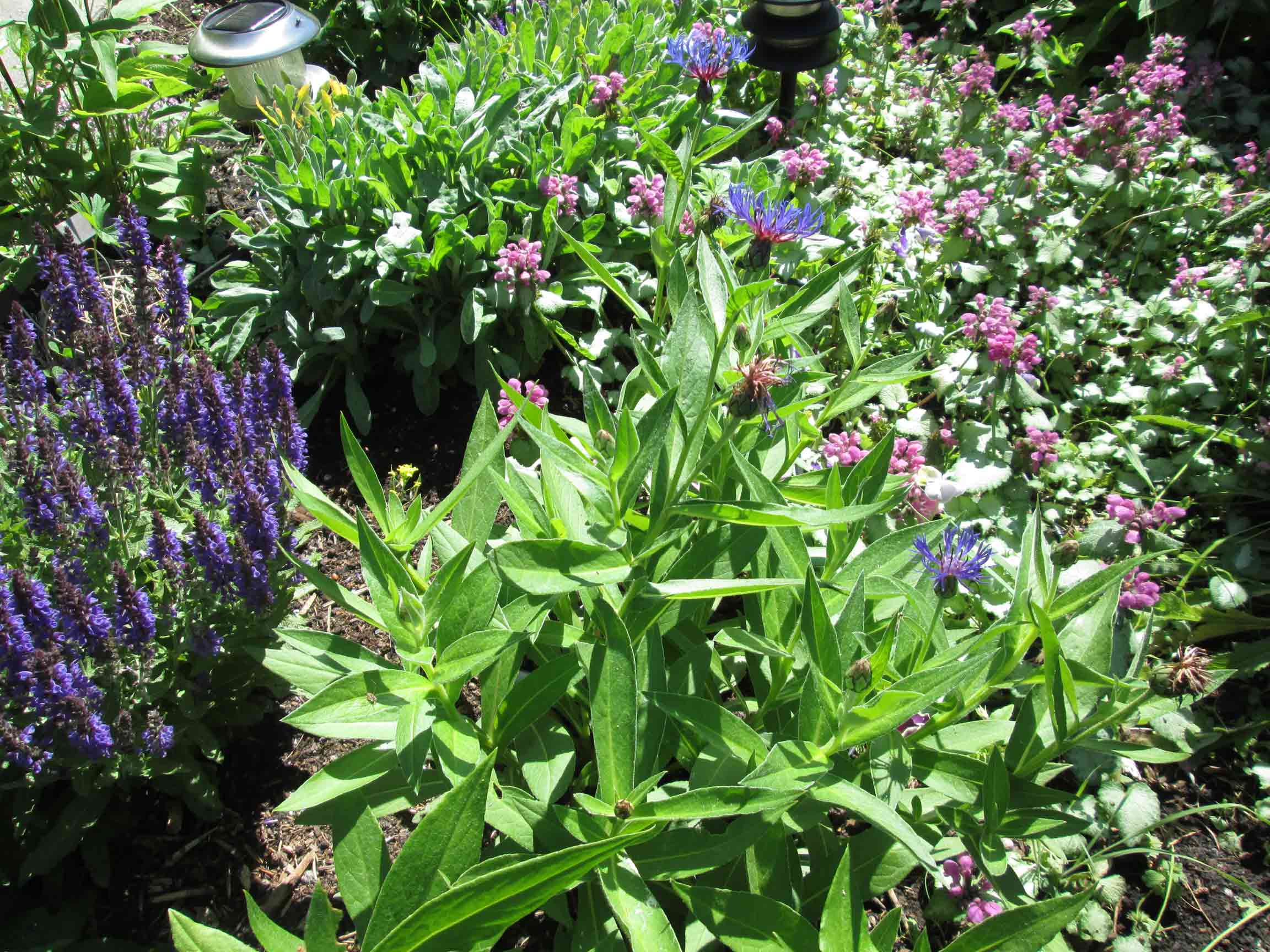

Post a Comment for " Candytuft Companion Plants That Will Make Your Garden Pop"